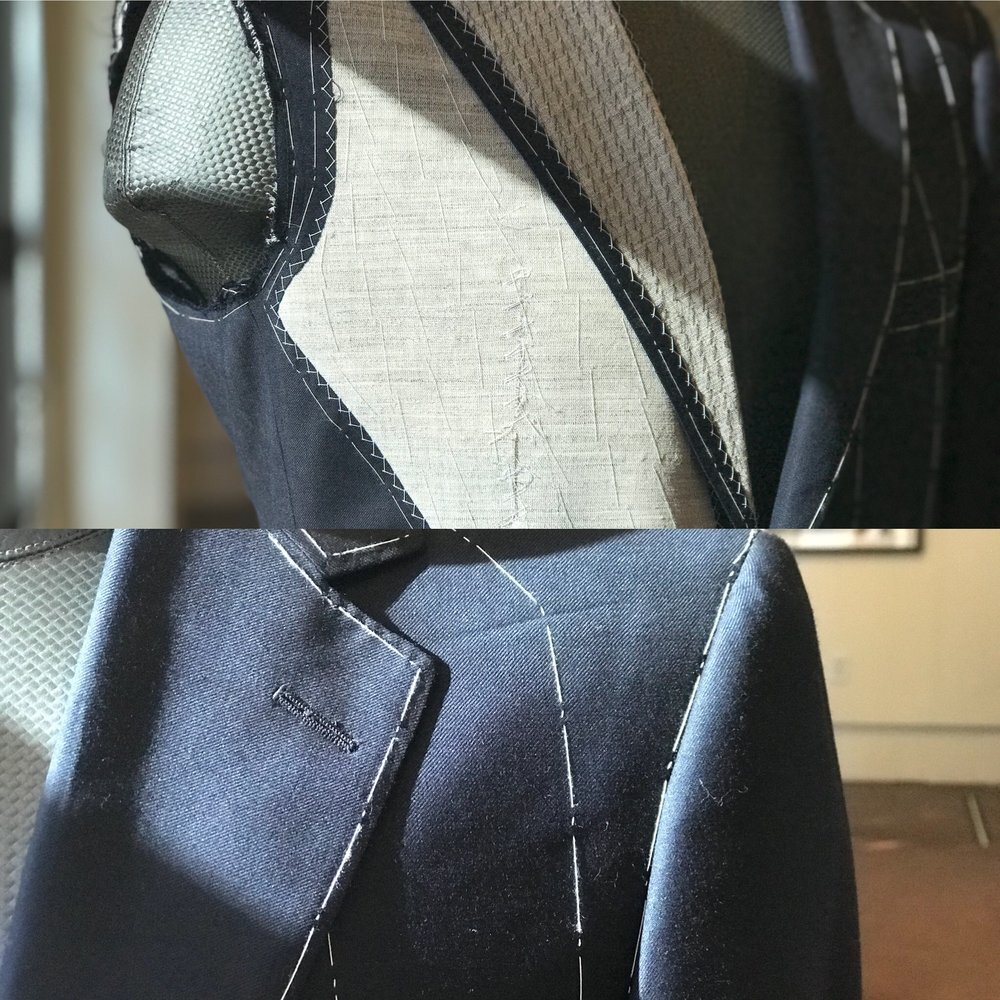Tailor Perth: Experience the Finest Custom Tailoring in Perth
Recognizing the Tailoring Process: From Textile Selection to Final Fitting for the Ideal Wardrobe
The tailoring procedure is an intricate interplay of art and science, starting with the critical decision of textile choice and finishing in the exact adjustments of final installations. Each material type brings unique qualities that affect not just the aesthetic charm yet also the garment's long life and viability for different occasions.
Importance of Material Choice
Choosing the appropriate fabric is crucial in the tailoring process, as it directly influences the convenience, sturdiness, and overall aesthetic of the last garment. The option of textile establishes the structure for the garment's performance, performance, and design. Various materials have special buildings, such as breathability, stretch, and weight, which can substantially influence just how the garment drapes and fits the body.

A tailored piece made from an ideal material not only showcases craftsmanship however likewise raises the user's confidence. As a result, understanding the subtleties of material option is vital for any tailoring venture. It makes sure that the final item not only fulfills the aesthetic wishes of the customer however likewise lines up with useful requirements, thereby accomplishing an unified balance in between form and function in the customized closet.
Kinds Of Fabrics and Their Usages
Comprehending the various kinds of fabrics offered is essential for making educated choices throughout the customizing process. Each material has one-of-a-kind attributes that dictate its suitability for details garments and celebrations.
Its adaptability allows it to be customized into whatever from t shirts to outfits. Its natural flexibility helps garments preserve form over time.
Silk shows high-end and is light-weight, making it ideal for eveningwear and fragile blouses; however, it needs mindful handling as a result of its frailty. Linen, with its distinctive coating, is a preferred choice for cozy environments, offering a crisp and airy feel, but it wrinkles quickly, which may impact the garment's look.
Artificial fabrics, such as polyester and nylon, offer longevity and resistance to wrinkles, making them suitable for everyday wear and energetic clothes. Recognizing these textile types and their residential or commercial properties enables for much better decision-making, making certain that each customized item not just fits well but also straightens with the intended objective and celebration.
The Tailoring Strategies Clarified
The art of customizing depends on a variety of methods tailor suits perth that transform textile into well-fitted garments. Central to this procedure is pattern drafting, where a dressmaker produces design templates based on the customer's measurements and preferred style. This initial action makes sure that the garment will certainly fit the wearer appropriately prior to any cutting happens.
As soon as patterns are established, cutting strategies come into play. Precision is vital as mistakes can result in misfitting garments. Tailors typically utilize different cutting approaches, such as single-layer cutting for detailed styles and multiple-layer cutting for effectiveness on basic patterns.
Basting is another important method, enabling tailors to temporarily stitch fabric assemble for an initial installation (custom suits perth). This approach uses the opportunity to evaluate the drape and general silhouette before last sewing
Seaming methods, consisting of flat-felled seams and French seams, boost the garment's toughness and aesthetic allure. Tailors likewise use methods such as interfacing and extra padding to supply framework and shape to details areas, like collars and shoulders.
Finally, finishing methods, consisting of hemming and side completing, make certain the garment's long life while giving a refined appearance. Together, these methods form the backbone of efficient customizing, resulting in elegant, custom-fit clothing.

Fitting Adjustments and Considerations
After the first customizing techniques have actually been used and the garment is created, fitting adjustments end up being paramount to attaining the excellent fit. These adjustments address various facets of the garment, ensuring it contours to the user's body shape and boosts general appearance.

The increase of trousers is an additional crucial element; it ought to rest easily above the hips without triggering pain, enabling simplicity of activity. Hemming lengths for both pants and skirts should mirror the user's recommended style while appreciating proportions.
In addition, focus should be provided to the rear of the garment, making certain that there are no undesirable pulls or excess material - wedding suits perth. Each modification should be diligently thought about, as also minor changes can considerably impact the overall fit and aesthetic of the customized piece, eventually resulting in a closet that exudes self-confidence and sophistication
Keeping Your Tailored Clothes
Appropriate upkeep of tailored garments is vital to maintaining their fit and look over time. To make certain longevity, regular cleaning is vital. Constantly follow the care label instructions, which may recommend dry cleaning for fragile fabrics or maker cleaning for more long lasting products. Stay clear of regular laundering, as this can use down the fabric and modify the garment's shape.
Storage space is similarly vital; use cushioned hangers for coats and layers to maintain shoulder framework, and shop trousers folded neatly or hung to avoid creasing. Shield garments from straight sunlight, which can discolor colors and damages fibers.
In addition, periodic evaluations for small repairs can stop larger issues. Inspect for loose switches, fraying joints, or indications of moth damages, addressing these problems immediately to keep the garment's stability.
Lastly, consider seasonal turning. Wearing customized items in small amounts enables fabrics to recuperate, prolonging their lifespan. By implementing these upkeep strategies, you can guarantee that your tailored garments remain as immaculate as the day you initially used them, enhancing your suitable wardrobe for years to come.
Final Thought
The tailoring process, incorporating fabric option, knowledgeable strategies, and accurate fitting changes, plays an essential duty in creating garments that improve both convenience and style. Recognizing the relevance of upkeep expands the life of customized garments, strengthening their worth in a well-curated closet.